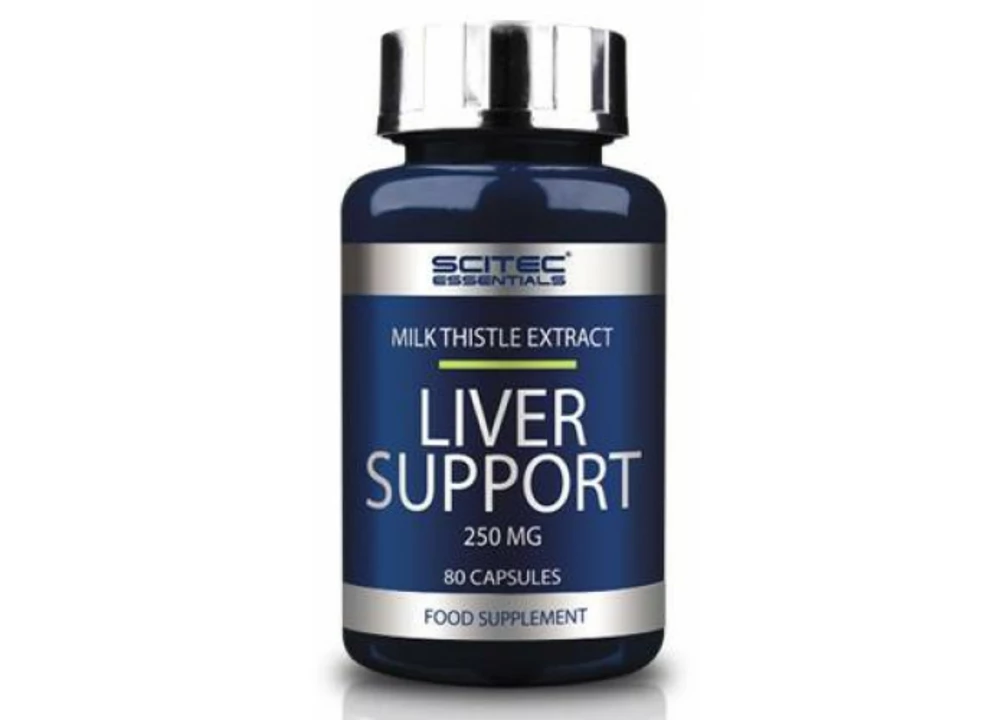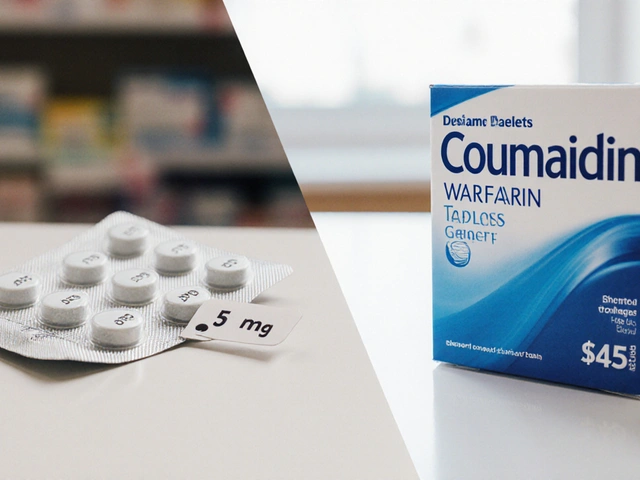Chelated minerals: what they are and why they matter
Most mineral pills never make it into your cells. They get stuck in the gut, bind to food compounds, or cause stomach upset. Chelated minerals solve that by attaching the mineral to an amino acid or small organic molecule so your body recognizes and absorbs it more easily.
"Chelated" simply means the mineral is wrapped or bound to another molecule. Common examples you’ll see on labels are zinc bisglycinate, iron bisglycinate, magnesium glycinate, and copper glycinate. These forms tend to pass through the gut intact and release the mineral where your body can use it.
Why pick chelated minerals? Two big reasons: better absorption and fewer side effects. People who take chelated forms often report less nausea, less constipation, and fewer interactions with food. That makes chelated minerals a smart choice for anyone who has digestive trouble, takes lots of meds, or didn’t get results from standard mineral salts like oxides or sulfates.
How chelated minerals compare to regular forms
Non-chelated minerals—think magnesium oxide, zinc sulfate, or ferrous sulfate—are cheaper but less predictable. They can react with phytates (from grains and beans) or oxalates (from spinach), which cuts absorption. Chelated forms resist those reactions and deliver more usable mineral per dose.
That doesn’t mean chelates are perfect. Some studies show only modest gains for certain minerals, and price is higher. Still, for key nutrients like iron and zinc, chelated versions can make a noticeable difference when deficiency is a concern.
Practical tips: who should use them and how
If you suspect a deficiency, start with a simple blood test and talk to your clinician. Consider chelated minerals if you have digestive issues, take acid-blocking meds, follow a plant-heavy diet, or experienced GI side effects from regular mineral supplements.
Timing matters. Take iron bisglycinate with vitamin C (orange juice works) to boost uptake, but avoid taking iron with calcium or antacids. Magnesium glycinate is gentle and works well at night if you want better sleep and less stomach upset. And watch interactions: minerals can interfere with antibiotics like tetracyclines and fluoroquinolones, so space doses by a few hours.
Read labels: "bisglycinate," "glycinate," or "amino acid chelate" usually mean a true chelated form. Beware marketing terms that don’t specify the compound. Price can be a clue—chelated forms cost more because the manufacturing is more complex.
Want short, actionable steps? 1) Test levels before supplementing. 2) Pick a chelated form when absorption or tolerance is a concern. 3) Mind timing with other meds and calcium sources. 4) Start with the lower dose and recheck labs after a few months.
For more on individual minerals, see our pieces on zinc and other supplements like Calcium D-Glucarate. If you’re unsure, ask your healthcare provider—supplements help, but the right form and dose matter.

In today's blog, we're going to discuss the importance of chelated minerals and how to make sure we're getting all the essential minerals our body needs. Chelated minerals are minerals bound to organic molecules, which makes them easier for our body to absorb and utilize. To ensure we're getting enough, we should focus on eating a well-balanced diet, rich in whole foods like fruits, vegetables, and whole grains. Additionally, we can consider taking high-quality chelated mineral supplements if needed. Stay tuned as we dive deeper into the benefits of chelated minerals and tips for incorporating them into our daily routine.






